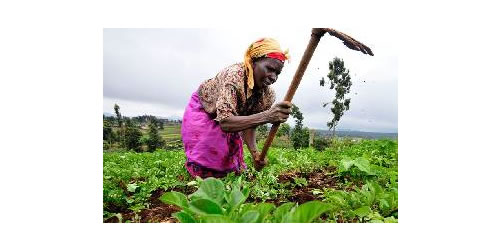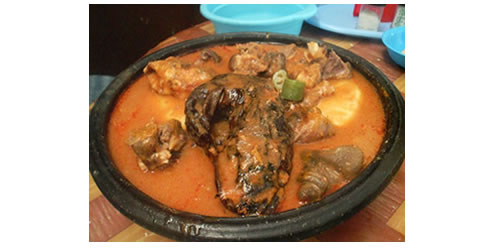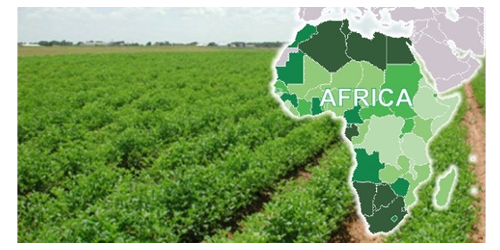Credit key to agriculture
One of the keys to agricultural development is accessible credit. This was the conclusion arrived at last Jan. 17 of the 10 leaders elected and identified by 200 stakeholders at the AF2025 Conference held on Feb. 10-11, 2011.
These leaders are composed of four secretaries from three presidential administrations and six heads of major agriculture and agribusiness organizations.
The table below was constructed from information given by former Minister of Science and Technology Emil Javier (now Chair of the Coalition for Agriculture Modernization in the Philippines-CAMP) and the Department of Agriculture’s Agriculture Credit and Policy Council (DA-ACPC).
Of the total loans given by the banks in 2013, only 1.9 percent went to farmers and fisherfolk. Because production is more risky than processing and agribusiness, less than 1 percent of this amount went to production.
Of the 6 million farmers and fisherfolk, only 28 percent were able to get credit. From this small number, only 57 percent got credit from formal sources such as banks and financial institutions. The rest had to pay much higher interest rates from informal sources such as traders, input suppliers, processors, relatives and friends.
Credit importance
Why is credit key? Even if one is able to address problems like infrastructure, product identification, technology transfer, post-harvest facilities and market access, producing the goods is still not possible without money.
One leader recounted what a farmer had told him: “Sure, I get training on new technologies. But if I don’t have the money to get the inputs or equipment to use this training, support services such as training become useless.”
Former Economic Planning Secretary Cielito Habito said that for agricultural development to take place, our institutions have to be strengthened so that services such as agricultural credit will become more accessible.
Former Agriculture Secretary Senen Bacani identified the Land Bank of the Philippines as one such institution that has done commendable work. However, it is hindered from fulfilling its principal mandate by constraints such as its fiduciary responsibility to its private sector depositors.
 The 2013 Land Bank Annual Report states that only 36 percent of its P227-billion loan portfolio went to agriculture. While 24 percent went to agribusiness and agriculture-related government projects, only 12 percent went to the targeted main sector of small farmers and fisherfolk. About 64 percent of the loan portfolio went to projects not related to agriculture, such as energy, housing, transportation and SMEs.
The 2013 Land Bank Annual Report states that only 36 percent of its P227-billion loan portfolio went to agriculture. While 24 percent went to agribusiness and agriculture-related government projects, only 12 percent went to the targeted main sector of small farmers and fisherfolk. About 64 percent of the loan portfolio went to projects not related to agriculture, such as energy, housing, transportation and SMEs.
If Land Bank is primarily for agriculture, why do these other sectors get 2/3 of the loan portfolio? And why is it that only 12 percent go to small farmers and fisherfolk?
Starting point
Who should take the leadership, responsibility and accountability for agricultural credit? One can say it is the Agriculture Secretary. But without the support of the Secretaries in the Cabinet Economic Cluster, it would be unfair to place the entire burden on him. For example, the Finance Secretary influences financial institutions while the Governor of the Bangko Sentral ng Pilipinas provides the lending environment for agricultural credit to take off.
Bacani has recommended that focus should be given to the Land Bank as a starting point. It should become a purely government bank with no more fiduciary responsibility to its private depositors. It can then take the necessary risks to service small farmers and fisherfolk.
But whether the private sector depositors are phased out gradually over time or not at all, steps should be immediately taken to significantly increase the 12 percent share of loans that goes to small farmers and fisherfolk.
Examples are the preparation of more crop-specific feasibility templates where small farmers can just fill in the specific information relevant to their unique situations. This will take the place of submitting full feasibility studies, which few small farmers are capable of doing.
We understand Land Bank is already doing this for malunggay in some areas today.
Another recommendation is that a larger staff be organized to help small farmers prepare their loan proposals as well as minimizing bank loan requirements.
At the Jan. 17 meeting, it was recommended that former Secretaries Javier and Bacani meet with the Land Bank President to discuss suggestions like this, headed by former bankers who wish to help. One such banker is Jun Deza, formerly Executive Vice President of Philippine National Bank and a current CAMP Director.
This kind of discussion should be conducted also with the Secretaries of the Cabinet Economic Cluster. Only with this systems approach to agriculture credit can we achieve agriculture development and inclusive growth.
Source:Inquirer.net





